Raymond ended FY17 on a fairly lacklusture note. The last fiscal’s second half was impacted by several headwinds such as demand contraction, slower credit off-take, liquidity crunch, and a weak wedding season, all of which collectively took a toll on the company’s financials.
While Raymond partially blames demonetisation for all its woes, the H2FY17 performance doesn’t seem to suggest the same. Some issues, which appear to be structural, ought to be addressed by the company to make sure that the slight momentum gain in H2 (versus H1FY17) continues.
Furthermore, the company was embroiled in a corporate governance controversy, thereby making it necessary for the management team to clear the air on the matter. The bone of contention involved talks of selling the company’s Mumbai-based property to its promoters at a rate significantly lower than the market value, which would have adversely affected the shareholders’ wealth.
These two factors weighed on the stock so far, which witnessed a 15 percent correction in the span of a week (17 to 24 May, 2017). To soothe investor sentiment, the property deal was cancelled as promoters chose not to vote on the matter at the company’s annual general meeting.
With the concerns duly addressed and the cash crunch over, Raymond seems determined to leave its past behind and chart a growth path with fabric capacity expansions, apparel/outlet launches, brand repositioning, and a slew of turnaround strategies. So what lies in store for one of India’s most renowned fabric, apparel, and lifestyle product manufacturing companies?
Capacity Expansions
The suit manufacturing facility in Ethiopia, which was commissioned in June 2017, will make Raymond amongst the top five suit manufacturers in the world. The products manufactured in the country enjoy duty-free access to major international markets like Europe & United States, unlike Indian exports.
The company is banking on cost savings (subsidies, lower labour costs, availability of technical infrastructure from the Ethiopian Government) to achieve higher margins while being price competitive in international geographies. The factory’s revenue potential is approximately Rs 250 crore per annum.
Secondly, a fabric manufacturing unit (for cotton shirts, linen products, denim) at Amravati, expected to be fully functional by Q3FY18, will largely cater to the company’s branded apparel segment.
Revamp Branded Textile Segment
For the core branded fabric segment, the company plans to introduce new products and tailoring platforms, besides achieving greater market channel penetration (mainly through 300 new Raymond mini stores over the next two years).
In connection with the ‘Made To Measure’ (MTM) brand, the company’s strategy for FY18 includes adding more formal wear variants across categories such as jackets, shirts, suits, trousers, and shoes. Extending the geographical reach of the MTM Concierge service (set up in FY17) in Dubai to other areas in the city is also on the cards.
Branded Apparel Segment
To create ample brand visibility for the four apparel brands (Ready To Wear, Park Avenue, ColorPlus, Parx) and enhance the company’s pan-India retail presence (especially in tier 4 and 5 cities), the company’s agenda for FY18 includes making the business model asset light in nature (through extensive adoption of the franchise route and omni channels), in addition to few exclusive store launches.
The company’s foray into khadi products, aimed at intra-segment diversification, will commence in October 2017, thus adding roughly Rs 60-70 crore to the revenues in the current fiscal.
Restructuring Other Segments
Raymond divested its auto forging parts and pulleys businesses to focus more on the comparatively high-margin passenger vehicle and commercial vehicle components sub-segments.
In the FMCG space, the company’s objective is to promote its grooming and wellness brands (Park Avenue, Premium, KS). Efforts to turnaround operations in the hardware tools segment through product rationalization and cost optimization have been undertaken, whereas investment opportunities are being explored on the realty front.
Are These Measures Likely To Lead To Better Results?
While in terms of intention, there is no denying that the management’s efforts are in the right direction, the initiatives may not move the numbers needle too noticeably in the near-term.
There will be some respite from the high cotton prices nonetheless, as improved cotton acreage across India would lead to a fall in the procurement costs of the raw material.
Although the gains from GST and completion of majority of the planned capex in FY18 should benefit the company in the long-term, absence of short-term earnings traction warrants caution in light of the steep valuations at the moment.
The street should keep a close eye on the monetization announcements of the company’s Thane land and the forthcoming quarterly data before reposing the faith.





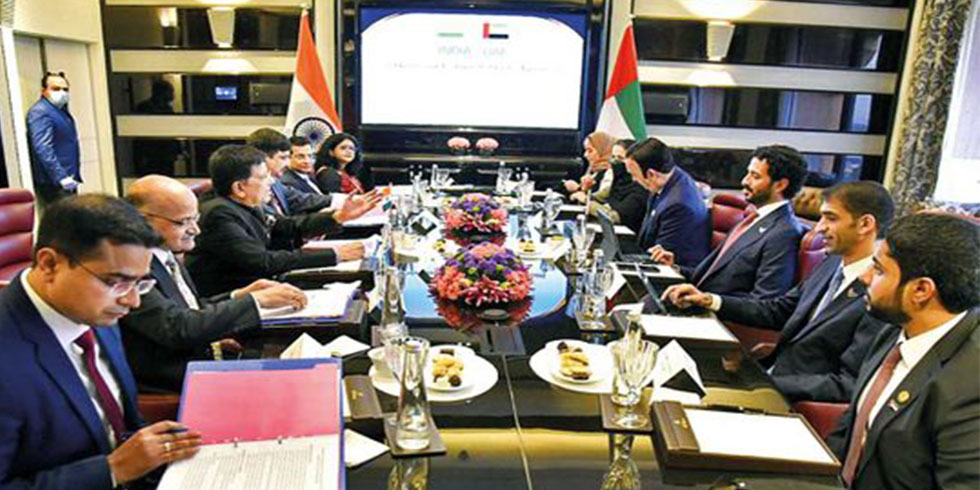

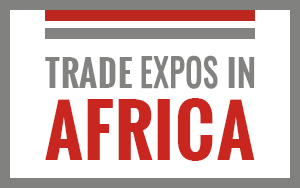


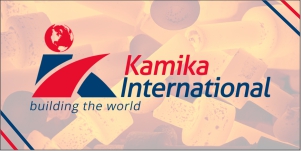

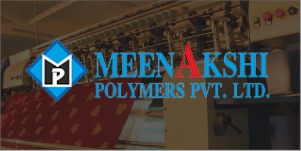
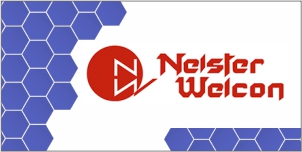
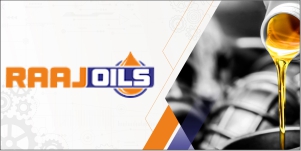
Add Comment